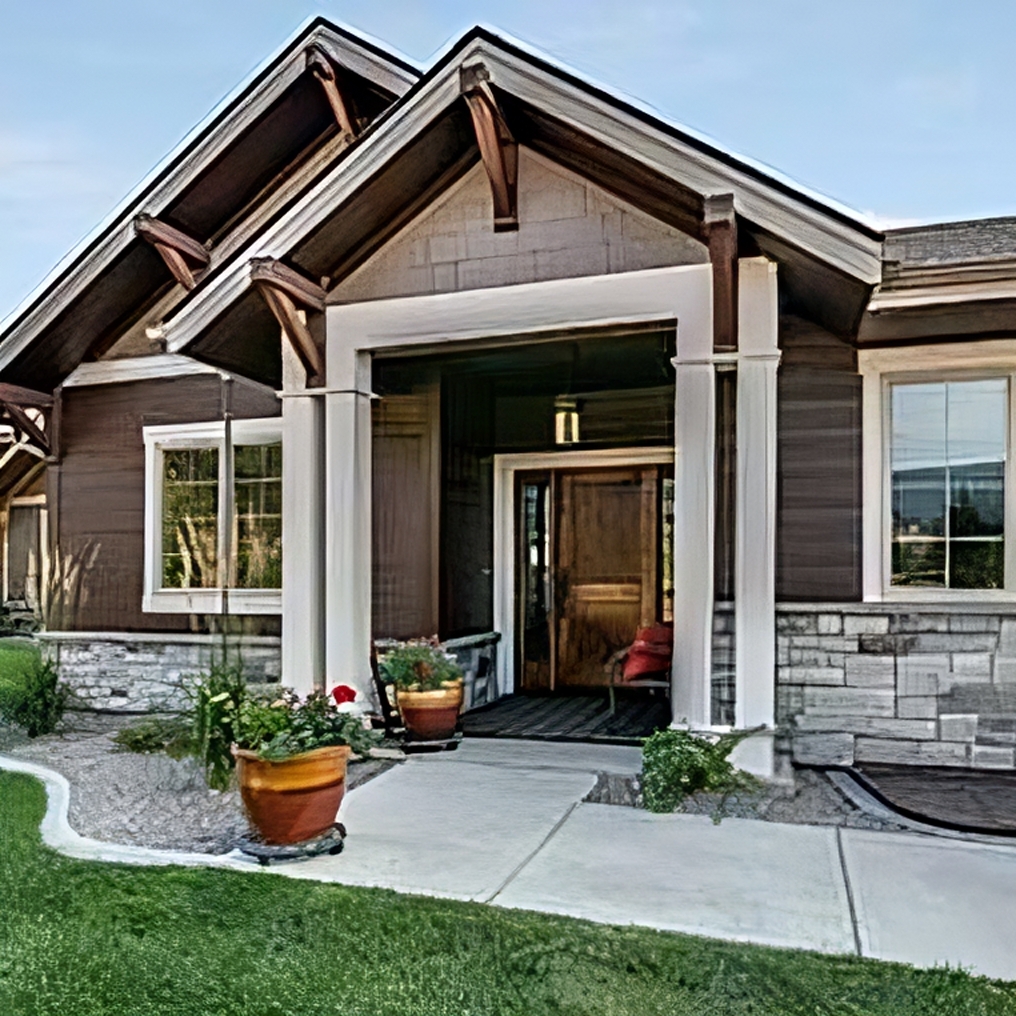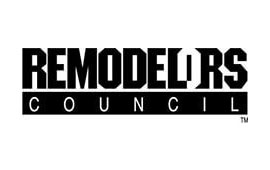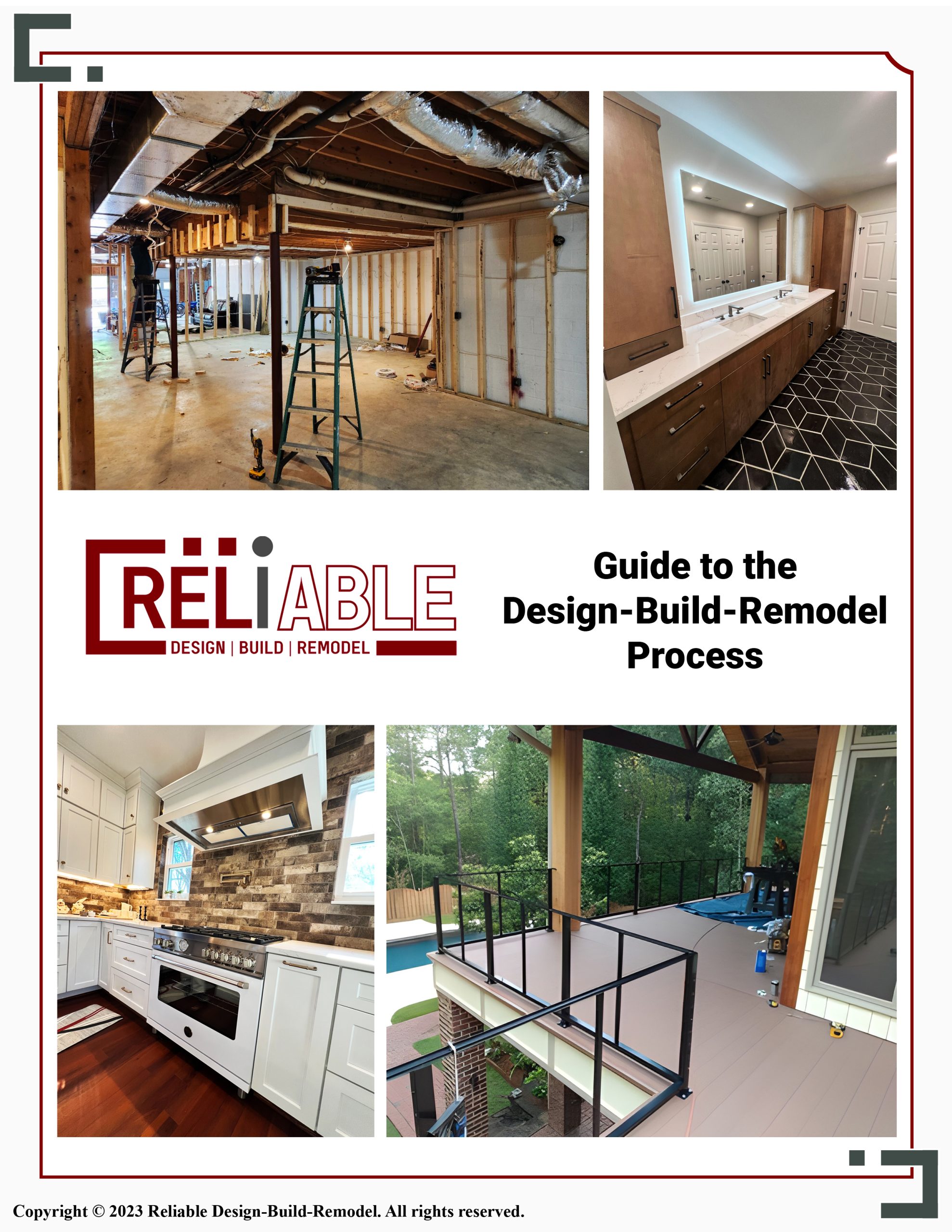When homeowners consider adding extra space to their home, sunrooms and four-season rooms often come up as appealing options. Both provide a way to enjoy natural light and outdoor views without exposure to the elements, but they differ in function, cost, and usability. At Reliable Design-Build-Remodel, we help homeowners in Birmingham, AL, make informed decisions about their remodeling projects. In this guide, we will explore the key differences between sunrooms sunroom vs. a four-season room and answer common questions to help you determine which is best for your home.

What is the Difference Between a Sunroom and a Four-Season Room?
A sunroom is a structure that is typically attached to a home and features large windows to maximize sunlight exposure. These rooms are often not insulated or equipped with heating and cooling systems, making them best suited for use in mild weather conditions.
A four-season room, on the other hand, is designed for year-round use. It is fully insulated, often includes HVAC connections, and features energy-efficient windows to maintain comfortable temperatures regardless of the season. Because of these added features, four-season rooms tend to be more expensive than traditional sunrooms but provide greater functionality and comfort throughout the year.
Is it Cheaper to Add on a Room or a Sunroom?
Adding a sunroom is generally more affordable than constructing a traditional room addition. A sunroom often has a lighter construction, large glass panels, and may not require the same level of insulation, electrical work, or plumbing as a fully enclosed addition. This makes it a cost-effective way to expand your living space.
However, a traditional room addition, which is fully integrated into the home’s HVAC system and includes drywall, insulation, and other standard construction elements, offers more versatility. While it costs more upfront, a traditional room addition can add greater resale value to a home compared to a sunroom.
Can You Sit in a Sunroom in Winter?
A sunroom can be used in the winter, but comfort will largely depend on the level of insulation and whether an auxiliary heat source is available. Many homeowners in Birmingham find that sunrooms become too chilly in the colder months unless they use space heaters, thermal curtains, or other warming solutions.
Four-season rooms, in contrast, are designed to be used year-round. They are equipped with proper insulation, energy-efficient windows, and are often connected to the home’s heating system, making them a more comfortable option for winter use.

What is the Disadvantage of a Sunroom?
While sunrooms offer many benefits, such as increased natural light and a connection to the outdoors, they do come with some drawbacks. The biggest disadvantage is their limited usability in extreme weather conditions. Since most sunrooms lack proper insulation and climate control, they can become uncomfortably hot in summer and too cold in winter.
Another drawback is the potential for higher energy costs if homeowners rely on space heaters or fans to regulate temperatures. Additionally, sunrooms may not add as much property value as a four-season room or a fully integrated home addition due to their seasonal limitations.
How Much Does a 12×12 Sunroom Cost?
The cost of a 12×12 sunroom varies based on materials, design, and location. On average, homeowners can expect to pay between $18,000 and $42,000 for a basic sunroom. If additional features such as high-end windows, custom flooring, or heating elements are included, the cost can be higher, reaching into $50,000+!
A four-season room of the same size will typically cost more due to the added insulation, HVAC integration, and energy-efficient materials. The price range for a 12×12 four-season room often falls between $20,000 and $50,000, depending on the complexity of the project.
Do Sunrooms Get Too Hot in Summer?
Yes, sunrooms can get very hot in the summer, especially if they have a lot of glass surfaces without proper insulation. Since they are designed to maximize sunlight, heat buildup can be a common issue. To combat this, homeowners can install ceiling fans, window treatments, or even a portable air conditioning unit.
Four-season rooms are less prone to overheating because they are designed with energy-efficient materials and can be connected to a home’s HVAC system. If staying comfortable during the summer is a major concern, a four-season room may be the better option.

When deciding between a sunroom vs. a four-season room, consider how you plan to use the space and what level of comfort you expect year-round. A sunroom is a great budget-friendly way to enjoy the outdoors in mild weather, while a four-season room offers full-time functionality with better temperature control. At Reliable Design-Build-Remodel, we specialize in helping Birmingham homeowners choose the best home additions for their needs. If you’re ready to enhance your living space, contact us today to discuss your sunroom vs. four-season room project!
Reliable Design-Build-Remodel is a full service general construction firm and remodeling contractor operating in the Birmingham metro and Jefferson and Shelby County areas and surrounding communities, including Birmingham, Helena, Chelsea, Mountain Brook, Hoover, Homewood, Montevallo, Alabaster, Vestavia Hills, and Pelham, with over 30 years of servicing our valued clients. Offering full service suite of general remodeling, design and build services. Our specialties include bathroom remodeling, kitchen remodeling, exterior renovations, interior renovations, painting, and more!
Visit us at reliablerem.com, and like and follow us on Facebook and Instagram!















